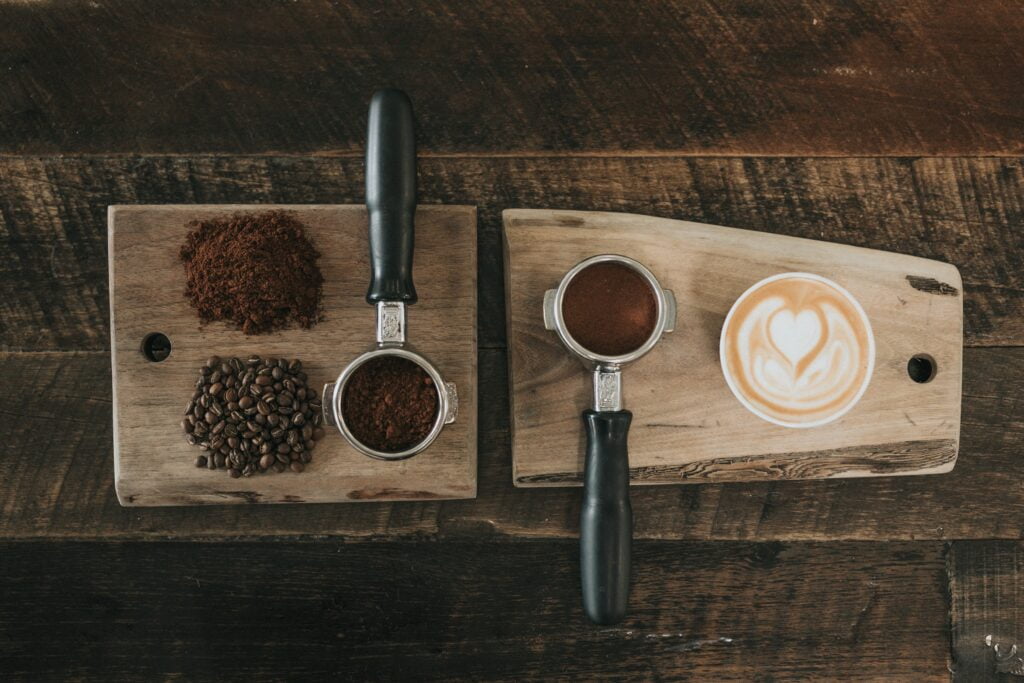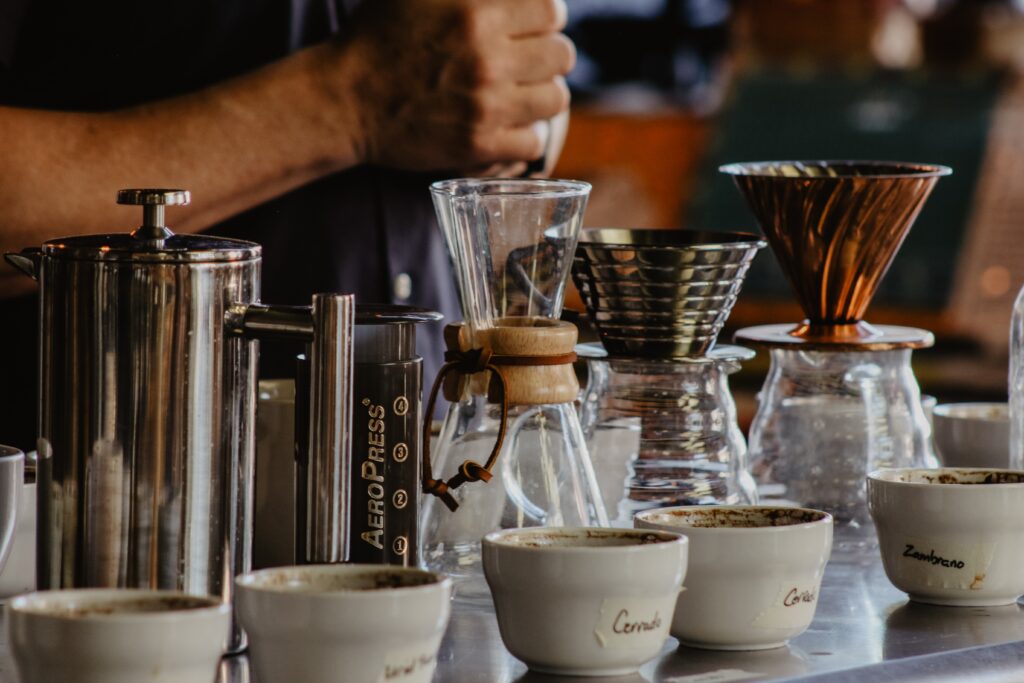Do you believe that espresso contains more caffeine than other coffee drinks? It’s a common misconception that many people have about coffee, but the truth may surprise you. In this blog post, we want to dispel this myth and provide you with accurate information about the caffeine content in espresso.
Accurate Coffee Facts
Why They Matter to Us
At Meni Coffee, we are passionate about delivering high-quality coffee that not only tastes great but also inspires and energizes our customers. As a brand that creates coffee for dreamers, we believe that every cup of coffee has the potential to unlock a world of possibilities. That’s why it’s important to us to educate our customers about accurate coffee facts, including the amount of caffeine in espresso.

The Power of Coffee to Inspire and Energize Our Dreams
For many of us, coffee is more than just a beverage – it’s a ritual, a moment of pause and reflection, and a source of energy and inspiration. Whether we’re starting our day with a steaming cup of coffee, enjoying a midday pick-me-up, or savoring a leisurely afternoon coffee break, coffee has the power to transform our moods and fuel our dreams.
The Truth about Espresso and Caffeine Content
Dispelling the Myths
Contrary to popular belief, espresso does not contain more caffeine than other coffee drinks. In fact, the amount of caffeine in espresso is actually less than that of drip coffee. The reason why many people believe that espresso is stronger than other coffee drinks is due to its concentration and bold flavor profile.
Espresso is brewed by forcing hot water through finely ground coffee beans under high pressure, which extracts more of the coffee’s oils and flavors than other brewing methods. As a result, espresso has a more robust, full-bodied flavor than other coffee drinks, but its caffeine content is actually lower than that of drip coffee.
The Science of Coffee Brewing:

How Brewing Methods Affect Caffeine Content
The amount of caffeine in coffee can vary depending on the brewing method and the type of coffee beans used. For example, lighter roasts tend to have more caffeine than darker roasts, and brewing methods that involve longer steeping times, such as French press or cold brew, tend to have higher caffeine content than drip coffee.
However, the difference in caffeine content between different brewing methods is relatively small, and the most important factor is the amount of coffee used per serving. As a general rule, the more coffee you use, the more caffeine your drink will contain.
A Closer Look at Espresso
Understanding its Flavor and Aroma Profile
While espresso may not be the strongest coffee in terms of caffeine content, it certainly packs a punch in terms of flavor and aroma. Espresso is known for its bold, rich flavor profile, which can include notes of chocolate, caramel, and nuts, as well as a subtle hint of acidity.
In addition to its complex flavor profile, espresso also has a unique aroma that can vary depending on the type of coffee beans used and the brewing method. Some of the most common aromas associated with espresso include dark chocolate, roasted nuts, and citrus.
Muy interesante….👍
Pingback:Unveiling the World of Coffee Roasts - Meni Coffee